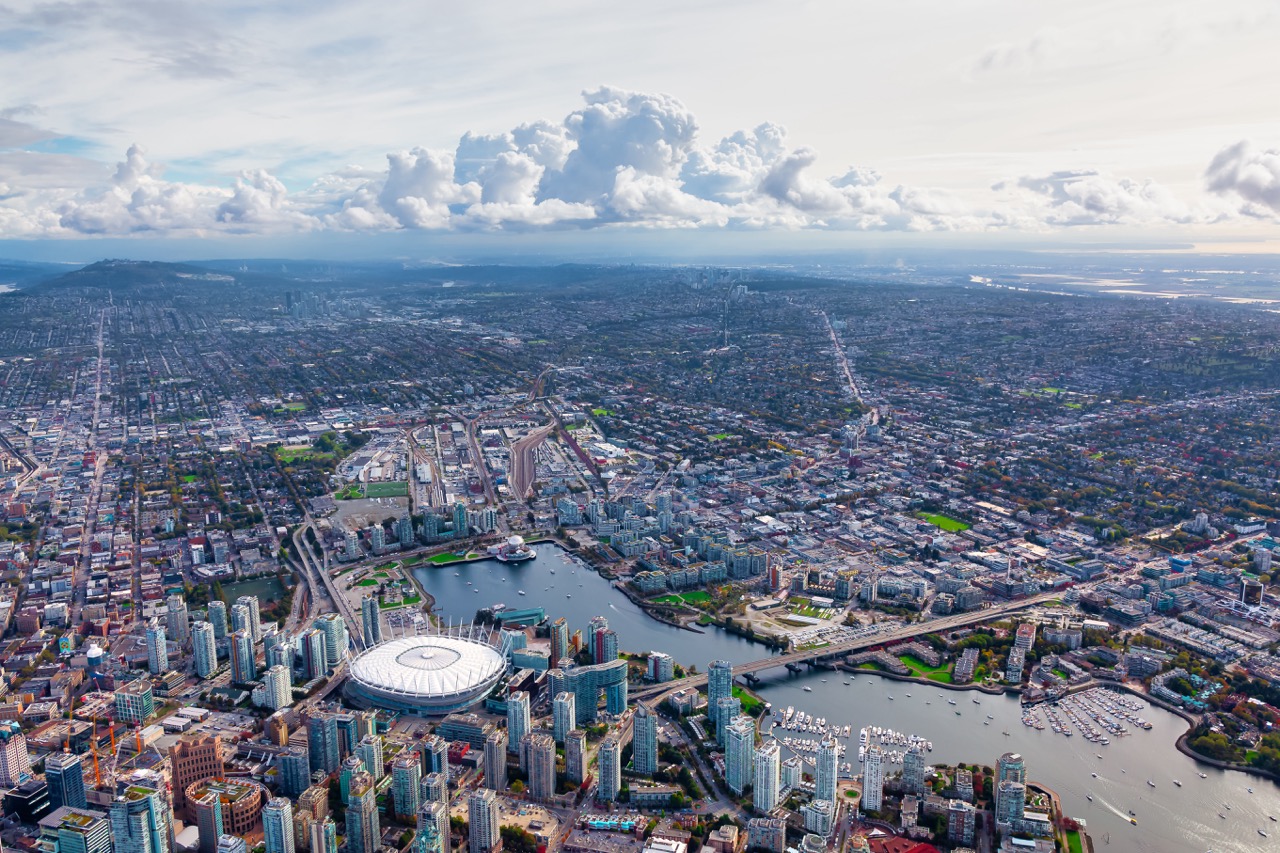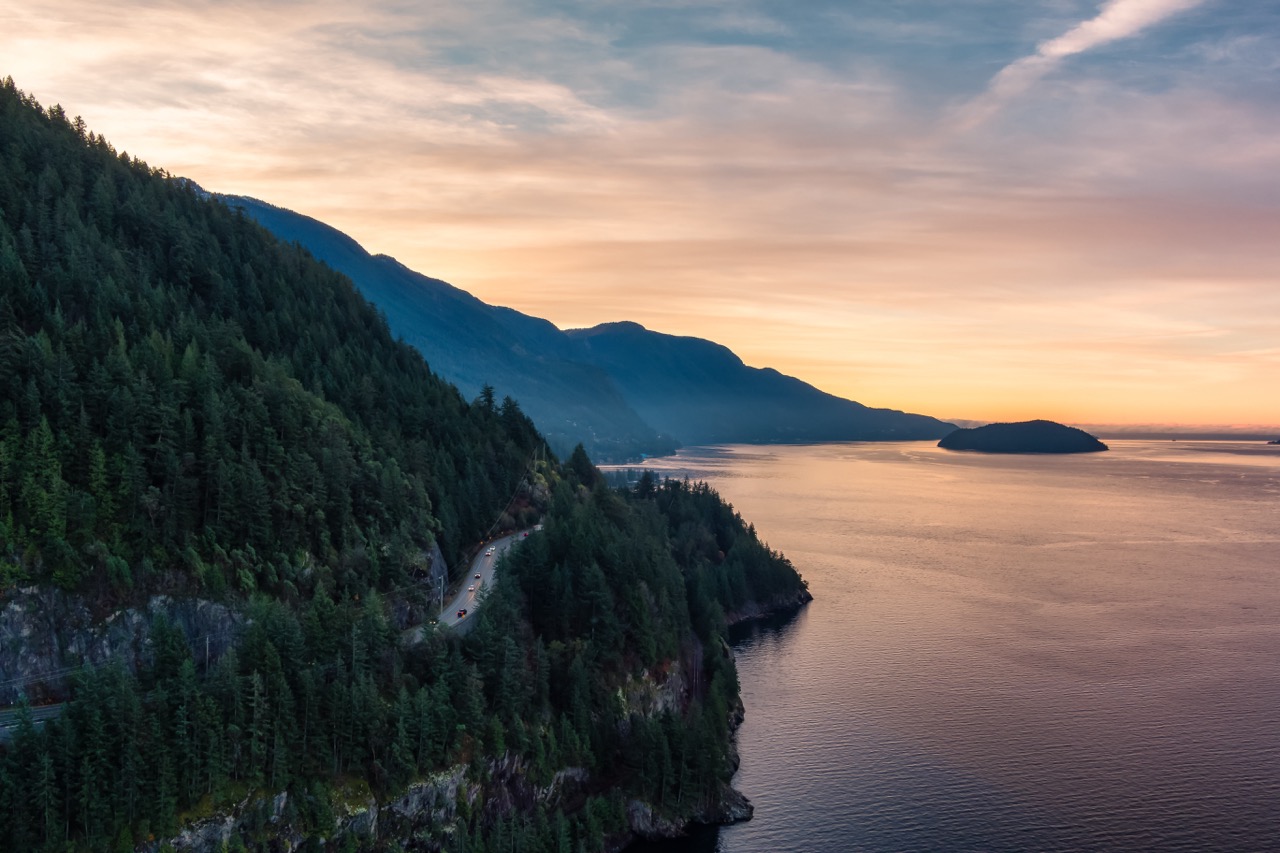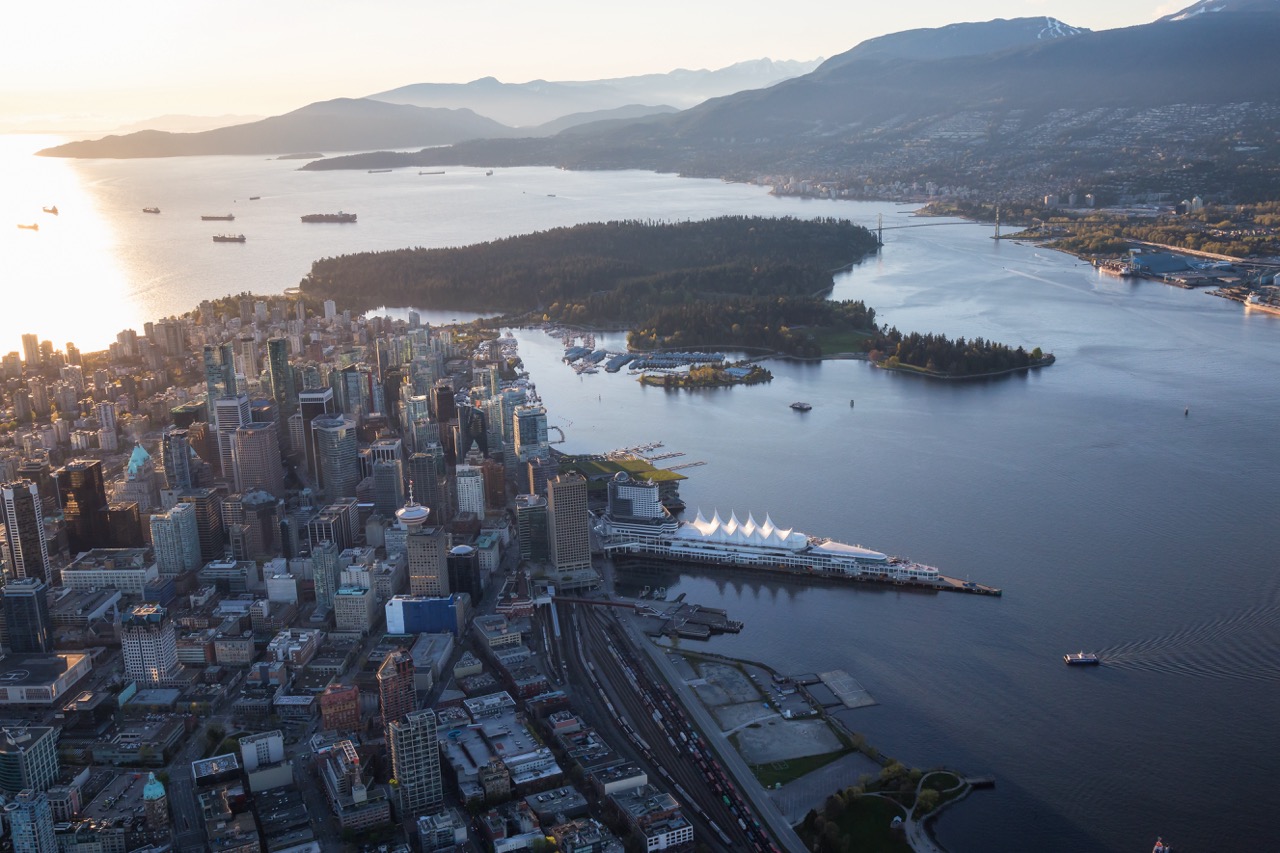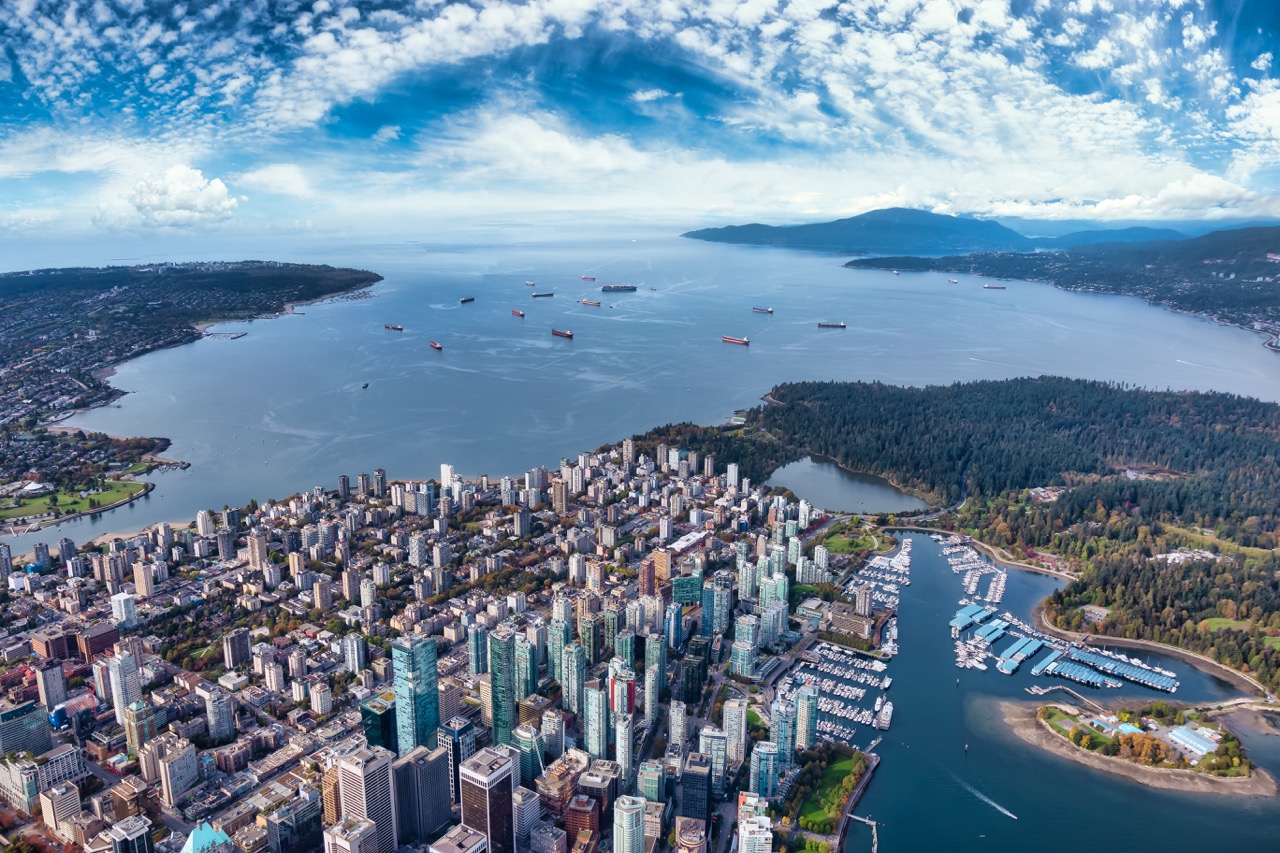British Columbia (BC) is a province renowned for its stunning natural landscapes and diverse recreational opportunities. As a popular destination for tourists year-round, BC offers unique experiences during both winter and summer months. Understanding the contrasting appeals of winter and summer tourism can help locals and visitors alike appreciate the nuances of this vibrant region. This article will delve into the specific attractions, economic impacts, and environmental considerations associated with each seasonal tourism segment in British Columbia.
Understanding the Appeal of Winter Tourism in BC
Winter tourism in BC is largely centered around its world-class ski resorts and winter sports. Whistler Blackcomb, one of the largest ski areas in North America, attracts thousands of visitors eager to experience its vast slopes and vibrant après-ski culture. Beyond skiing and snowboarding, activities such as snowshoeing, ice skating, and dog sledding draw tourists seeking adventure. The majestic landscapes dusted in snow create a picturesque backdrop that heightens the allure of winter exploration.
Another significant aspect of winter tourism is the opportunity for relaxation and wellness. Many visitors flock to the province’s luxurious spas and wellness retreats, which offer rejuvenating treatments and serene environments away from the hustle and bustle. The contrast of the snow-covered mountains with the warmth of a spa experience creates an inviting atmosphere for those looking to unwind during the colder months. Additionally, winter festivals celebrating local culture and cuisine add a unique flavor to the season, enhancing the overall experience for tourists.
Lastly, winter tourism in BC fosters a sense of community and local culture. Events such as the Winter Olympics in 2010 have left a lasting legacy that continues to promote the region’s winter offerings. Local businesses thrive, as tourists often engage in unique experiences such as artisan markets and seasonal food fairs. The sense of camaraderie built around shared winter experiences fosters a deeper connection between visitors and the local culture, making winter tourism an essential part of BC’s tourism landscape.
Exploring the Draws of Summer Tourism in British Columbia
Summer tourism in BC presents a different but equally compelling appeal. The warmer months reveal breathtaking scenery, from lush coastal rainforests to majestic mountain ranges, drawing nature enthusiasts and adventure seekers alike. Outdoor activities such as hiking, kayaking, and cycling flourish, allowing tourists to immerse themselves in BC’s natural beauty. The abundance of national parks and accessible trails ensures that there are options suitable for all skill levels, making summer a popular time for families and groups.
In addition to outdoor recreation, summer is also a season for vibrant cultural experiences. Festivals celebrating music, art, and local food abound throughout the province, attracting visitors who wish to connect with BC’s diverse cultural heritage. Events such as the Vancouver International Jazz Festival and the PNE Fair showcase local talent and foster a sense of community engagement. The warm weather encourages outdoor gatherings, making it an ideal time for both locals and tourists to enjoy the province’s rich cultural tapestry.
Moreover, summer tourism in BC benefits from increased accessibility. With longer daylight hours, tourists can explore more of the province, taking advantage of extended hours at attractions and events. Coastal cities like Victoria and Vancouver buzz with activity, as visitors enjoy waterfront dining, sightseeing, and shopping. This bustling atmosphere, combined with outdoor adventures and cultural events, solidifies summer as a peak season for tourism in British Columbia.
Comparing Seasonal Tourist Activities and Attractions
When comparing winter and summer tourism activities in BC, the contrast is striking. Winter tourism is heavily focused on snow-related sports, while summer attractions emphasize outdoor exploration and cultural festivals. Ski resorts dominate the winter landscape, with visitors flocking to locations such as Big White and Sun Peaks, eager to experience a range of winter sports. In contrast, summer activities encourage tourists to engage in hiking, biking, and water sports, with destinations like Okanagan Lake and Pacific Rim National Park drawing significant attention.
Additionally, the types of events and festivals largely differ between the seasons. Winter promotes various holiday festivities, such as Christmas markets and winter carnivals, while summer features a plethora of music and food festivals. The engaging nature of these events often leads to different demographic trends, with winter tourism attracting families and sports enthusiasts, while summer draws a more diverse crowd interested in cultural experiences and recreation.
Finally, seasonal weather plays a crucial role in shaping tourist preferences. The cold and snowy conditions of winter create an entirely different atmosphere compared to the warm, sun-soaked days of summer. This affects not only the types of activities available but also the overall tourist experience. Winter tourism is often about embracing the season’s challenges, while summer tourism focuses on enjoyment and exploration, reflecting the varying interests of visitors during each season.
Economic Impact of Winter and Summer Tourism Trends
The economic impact of tourism in BC is significant, with both winter and summer tourism contributing to the local and provincial economies. Winter tourism generates substantial revenue through ski pass sales, accommodation bookings, and related spending in local communities. The resources required to support winter sports, such as snowmaking equipment and ski lift operations, create jobs and stimulate the economy. In communities near ski resorts, the influx of visitors during the winter months can lead to increased business for restaurants, shops, and local services.
Conversely, summer tourism offers a considerable economic boost as well, with outdoor activities and cultural events driving local economies. Many regions see a spike in tourist spending on accommodation, food, and recreational activities during the summer months. The diverse range of attractions available promotes longer stays and higher spending, benefitting local businesses and providing employment opportunities in various sectors, including hospitality, retail, and transportation.
However, the economic impacts of these two seasons can vary significantly. While winter tourism tends to be more concentrated in specific areas, summer tourism is more widespread across the province. This results in a broader economic distribution across different communities during the summer months, providing more regions with opportunities to benefit from tourist spending. As BC continues to adapt its tourism strategies, understanding these economic influences is essential for sustainable development.
Environmental Considerations in Seasonal Tourism
As with any form of tourism, environmental considerations play a critical role in shaping winter and summer tourism in BC. Winter tourism can have significant impacts on local ecosystems, particularly in ski resort areas. The development of ski infrastructure can lead to habitat disruption and increased carbon emissions from transportation. Additionally, the use of artificial snowmaking can strain local water resources, raising concerns about sustainability and the long-term viability of winter sports.
In contrast, summer tourism often poses different environmental challenges. The increased foot traffic in natural areas can lead to soil erosion, habitat degradation, and disturbances to wildlife. Popular hiking trails and coastal areas can become overcrowded, resulting in littering and other environmental issues. As more visitors seek outdoor experiences, there is a growing need for responsible tourism practices that prioritize conservation and the protection of natural ecosystems.
Both winter and summer tourism can be approached with sustainability in mind. Initiatives such as eco-friendly accommodations, guided tours that promote environmental awareness, and investments in public transportation can help mitigate the negative impacts associated with seasonal tourism. By fostering a culture of environmental stewardship, BC can enhance its appeal as a destination while protecting the natural wonders that draw visitors in the first place.
Future Outlook for BC’s Tourism: Winter vs. Summer
The future of tourism in British Columbia appears to be a dynamic one, with both winter and summer tourism poised for growth. As outdoor recreation continues to gain popularity, winter sports may see an influx of new enthusiasts eager to explore the province’s snowy landscapes. Innovations in technology and infrastructure could enhance the skiing experience and support sustainable practices, ensuring that winter tourism remains vibrant and appealing.
On the other hand, summer tourism is likely to benefit from a growing trend toward experiential travel. Tourists are increasingly seeking unique and immersive experiences, which BC’s summer offerings can provide. The promotion of eco-tourism and cultural experiences can attract a diverse range of visitors, solidifying BC’s place as a year-round travel destination. Furthermore, the ongoing emphasis on sustainability is likely to influence how both winter and summer tourism develop, ensuring that environmental considerations remain a priority.
Ultimately, the future of BC’s tourism landscape will depend on how effectively the province can balance the benefits of both winter and summer tourism while addressing environmental concerns. As travel trends evolve, a collaborative approach that embraces the strengths of each season will be essential for the sustainable growth of tourism in British Columbia.
In conclusion, winter and summer tourism in British Columbia each offer their own unique appeals, activities, and economic contributions. By understanding the contrasts and similarities between these two seasons, stakeholders can develop strategies that promote sustainable tourism while enriching the experiences of visitors. As BC continues to evolve as a premier travel destination, the focus on environmental considerations and community engagement will be crucial in shaping the future of its tourism economy.




